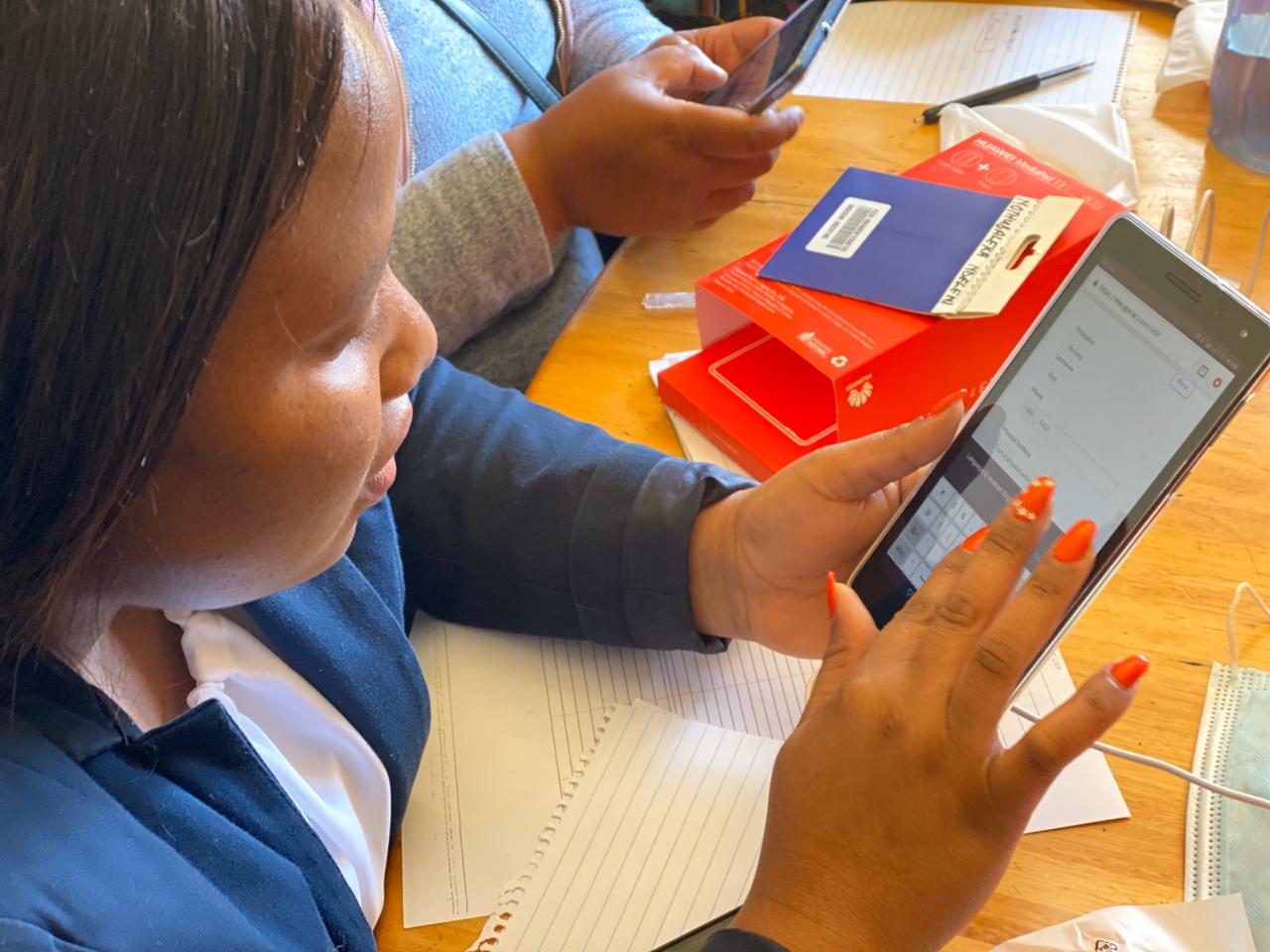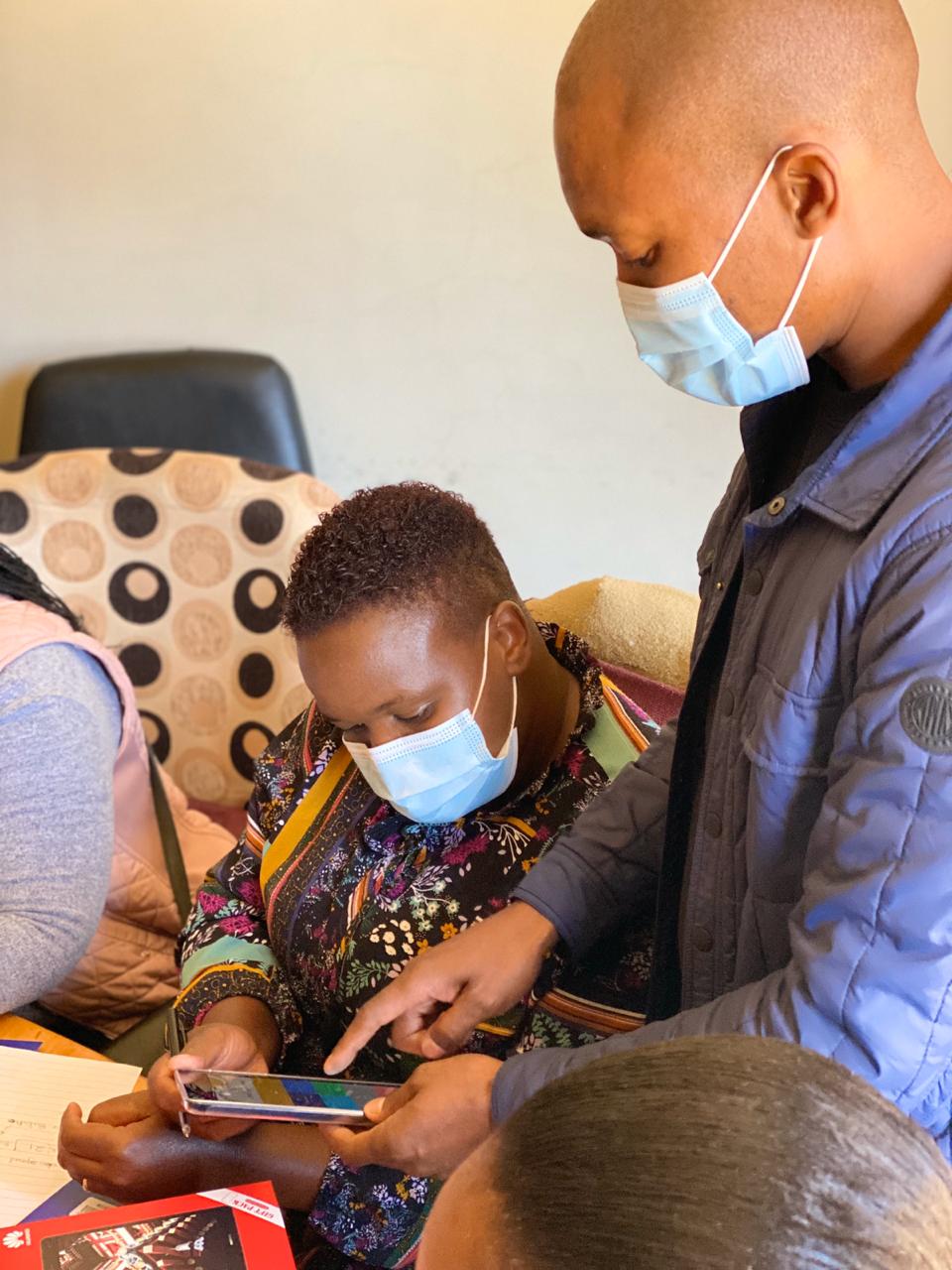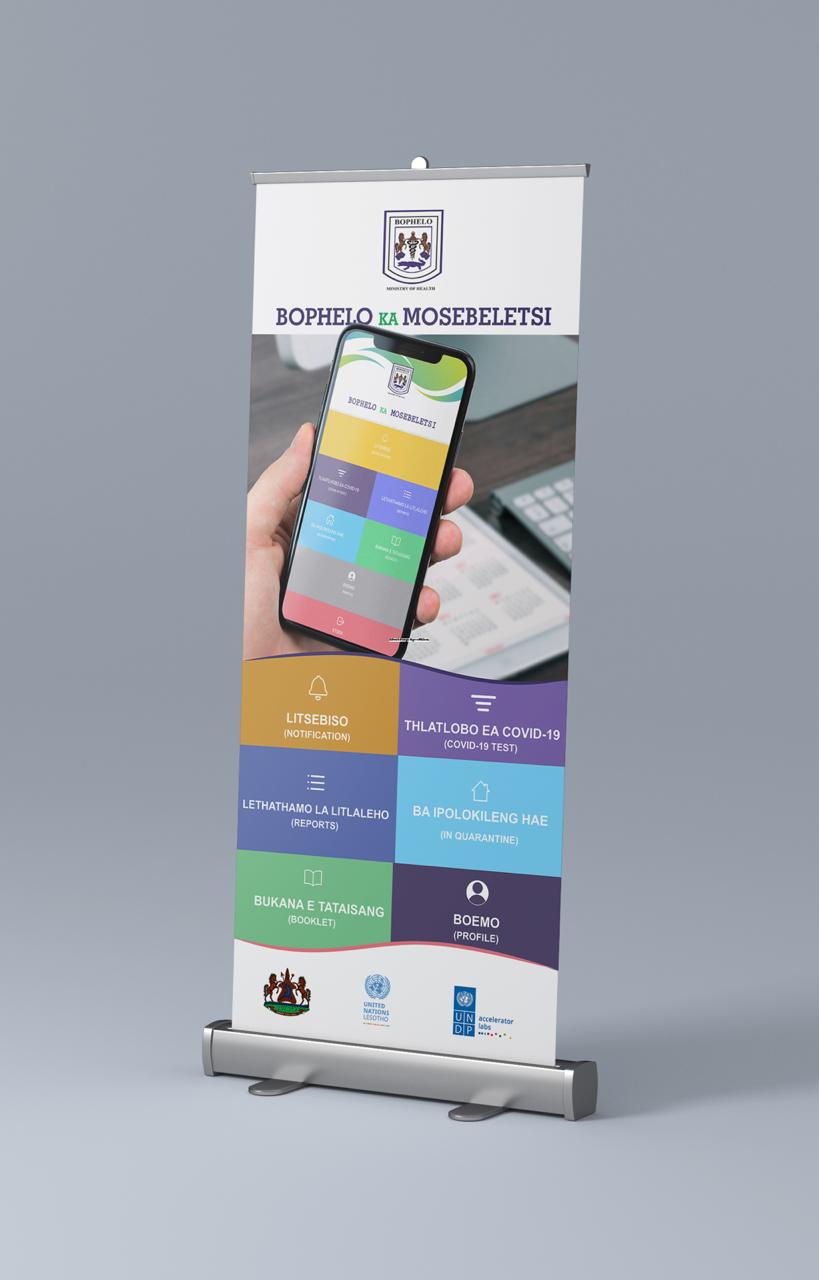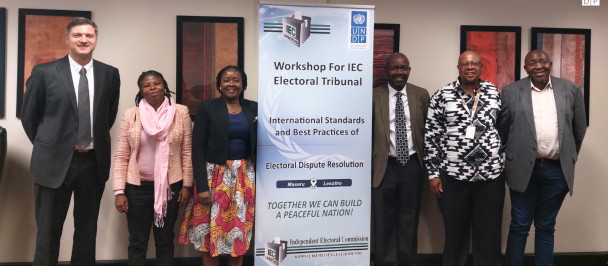VHWs and COVID-19 Data Challenge
One of the main challenges observed in Lesotho’s response to COVID-19 pandemic has been the inefficient use of data to influence decisions on disease control and surveillance in communities. At the core of COVID-19 community surveillance lies a Village Healthcare Workers (VHWs) unit which has been in existence for years since its inception as project in 1978. VHWs project has evolved to become a permanent active personnel unit within the Ministry of Health’s Department of Primary Healthcare. This accentuates a successful sustainability feature which can be utilised as a blueprint for established and new community projects for strengthening community health systems.
The unit is comprised of community residents who participate on voluntary capacity using own monetary resources and time to provide support to the national healthcare system through undertaking primary health related tasks. The unit now boasts a total of about 11,000 active VHWs, majority of which reside in the rural areas. The unit has been entrusted over the years to monitor and provide community health response to outbreaks including HIV/AIDS, TB, malnutrition, and many others which have occurred in Lesotho. In advent of these notable achievements, the unit has been utilising paper-based systems for records keeping, reports analysis and information communication to the Ministry of Health on monthly basis.
With the emergence of COVID-19, VHWs were identified as frontline personnel and recognised early on as a resource in the COVID-19 response; hence additional responsibilities were assigned to already existing health related tasks requiring attention on daily basis. COVID-19 response came with increased amounts of data to be collected and quickly analysed, with frequent engagement on tasks required, hence VHWs became more obligated to the assignment, losing more of personal time and monetary resources. Inefficiencies on a paper-based system also enervated VHWs, whom many are at the elderly age.
The paper-based system encountered frequent reporting deadlocks hence losing its efficacy at a very dreadful period. This resulted in reporting delays and errors where in some cases, reports would be submitted to the healthcare facility after weeks or months, and some ended up not being submitted at all. The usual reporting occurred once a month during the monthly sitting of VHWs at the health facilities. However, COVID-19 pandemic brought urgency to submit reports to healthcare facilities on a weekly basis. This was to archive quick containment of the virus, limiting the spread amongst individuals in communities.
Exploration and Solutions Mapping
The Lesotho Accelerator Lab took the advantage presented by COVID-19 pandemic to mark one of biggest transformation in the VHWs’ unit by introducing a digital attribute to a 42-year old community-based initiative. This would also take advantage of the high mobile penetration in the country. In early 2020, the Lab conducted solutions mapping and exploration to identify existing data challenge solutions which could be customised and deployed in Lesotho’s context. Several tech-solutions were already in place in most countries which had been hit by COVID-19 early.
While available solutions identified could have been comprehended easily in Lesotho’s context, huge digital gap between Lesotho and such countries posed possibility of high failure risks. For instance, contact tracing applications deployed in most of Asian and European countries required people to have smart phones to enable tracking, hotspots detection and overall monitoring of COVID-19 related citizens activity. The use of such applications could be insignificant since majority of people in Lesotho rely on cheap 2G cell-phones for communication. Additionally, first world countries have high-tech integrated support systems already loaded with citizen’s data repositories for ease of individual’s identification and tracking. This kind of technology infrastructure is required to complement deployment of such COVID-19 applications to obtain optimum result anticipated.
Looking closely at the beginning of COVID-19 pandemic, the Ministry of Health deployed a digital solution through a DHIS2 COVID-19 module which collects data about individuals entering through borders of Lesotho. While testing was not carried out at the time, the module was helpful to assist execution of contact tracing efforts and recommendation and monitoring of individuals in isolation facilities. This initiative had limited impact since quarantine facilities could not accommodate all people crossing to Lesotho and many people were advised to self-isolate on arrival in communities. In addition, majority of people crossing from South Africa to Lesotho use illegal border crossings to avoid apprehension and payment of penalties due to lack of required documentation or expired visas and permits. While this has been normal even before the pandemic, more people joined this illegal activity to avoid COVID-19 processes at the border post, which have a possibility of rejection to enter another country. Individuals who cross illegally proceed to interact with other people in communities, and this was speculated as the main source of increased COVID-19 local transmission in the country.
The Solution
In advent of the mapped challenges, technology remained a key solution to address data and information communication to strengthen surveillance and disease control in Lesotho. The Lesotho Accelerator Lab designed and developed a simple but very effective way of data collection, reporting and communication in a form of a digital mobile application called Bophelo-Ka-Mosebeletsi. The Sesotho name which translates to “Health Through a Village Health Worker”, was picked by the Ministry of Health. The application design process took into consideration, the analysis of risk pertaining to the literacy levels of VHWs, technology gap due to old age, with 90% of VHWs above 50 years of age; and majority of which reside in rural communities with limited experience in use of advanced technologies.
Bophelo-Ka-Mosebeletsi Application’s Main Interface
Prior to identification and development of the solution, VHWs have already been tasked with COVID-19 community activities such as awareness campaigns, assisting the community governance structures to enforce COVID-19 regulations, monitoring of individuals in home quarantine and reporting suspects of COVID-19 to healthcare facilities. The developed solution encapsulates all these tasks, with majority of activities now being automated to reduce the period of interaction with the gadget, and the physical contact with individuals during data collection when assessing and monitoring individuals in communities.
The application is an innovation from the Lesotho Accelerator Lab in cocreation with the Ministry of Health and its health partners; and it was formally launched at Villa Maria Healthcare Facility in Quthing on the 15th October 2020 by the United Nations (UN) and Ministry of Health. To execute this assignment, the Lab partnered with The National University of Lesotho (NUL) through deployment of two technical developers to assist the technical expertise already inherent within the Lesotho Accelerator Lab. The Lab also partnered with Econet Telecom Lesotho (ETL); a private telecommunications company through a Memorandum of Understanding to support with free network and internet access through zero-rating of application use by VHWs and Ministry of Health. ETL also assessed regions within two districts of Mokhotlong and Quthing which have limited mobile network coverage, for a network extension process in the year 2021. This was in support to Bophelo-Ka-Mosebeletsi digital initiative and the overall support to implementation of e-government strategy and enabling opportunities for the National Strategic Development Plan (NSDP II)’s innovation and technology requirements. The VHW were handed tablet computers to enable access to technology and ease use of the application, procured by UNDP under the joint UN MPTF – funded project for strengthening community health systems in response to COVID-19. The efficiency introduced through the inception of the new system has influenced quick turnarounds in strategic decision making in response to COVID-19 in the two pilot districts of Mokhotlong and Quthing. While the application currently has COVID-19 related module only, a process of incorporating other modules to revamp general health activities conducted by VHWs in communities has been initiated.
Solution Deployment and Performance Assessment
The solution was deployed on the 08th September 2020 and the Lab has enrolled training of 682 VHWs, 18 nurses and 8 data clerks at healthcare facilities in two districts of Quthing and Mokhotlong. From this, 98% of participants were female, underlining the low involvement of men in health-related initiatives in Lesotho. In the first four months of application deployment in two districts, the system has accumulated the following COVID-19 alerts statistics:
- Total COVID-19 Alerts – 24,481
- Quarantined individuals – 16,785
- Symptomatic – 9,396
- Asymptomatic – 15,085
- Finished Quarantine – 7,196
- Contact with COVID-19 Patient – 1,112
- International History in the Past 14-days – 22,817
The application has not only provided a database for surveillance analytics and intelligence by the Ministry of Health, but it has also contributed to saving on time and monetary cost previous incurred by VHWs. Before the deployment of the application, VHWs had to use own funds for transport and other expenses to collect data and submission of paper-based reports to healthcare facilities. For VHWs weekly travel expenses to and from the healthcare facility, the system has saved a minimum of M256.00 (appr. $17.00) for each VHW residing closer to the healthcare facility who spends the minimum of M16.00 (appr. $1.10), while a VHW living furthest to the healthcare facility spends M64.00(appr. $4.00) in one week, saving of more than M1024.00 (appr. $69.00) in the 4-months of application operation. This is a considerable amount of money saved for each VHW considering high poverty rate in Lesotho with almost 50% of population surviving on a maximum of $1.25 per day.
The application pilot area is yet to be expanded to other districts after the planned assessment to be conducted by the Ministry of Health and WHO.

 Locations
Locations




